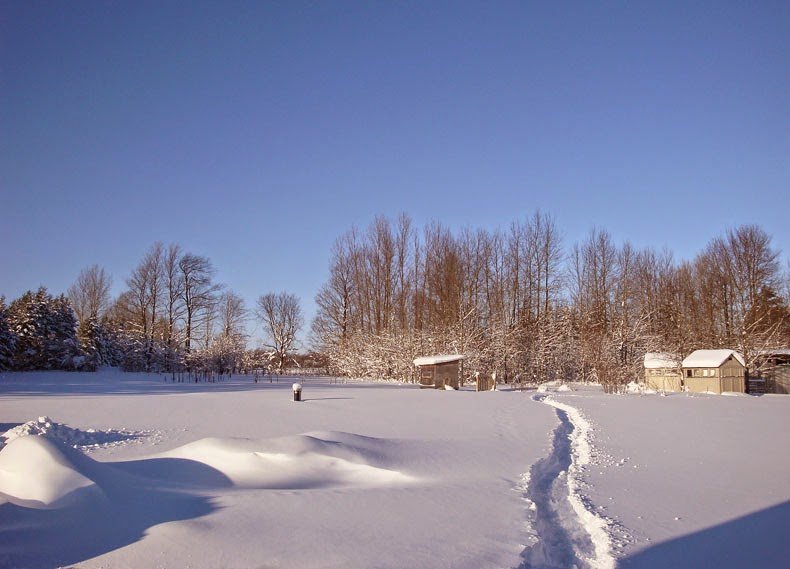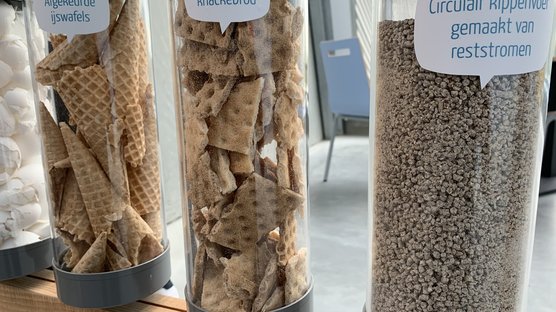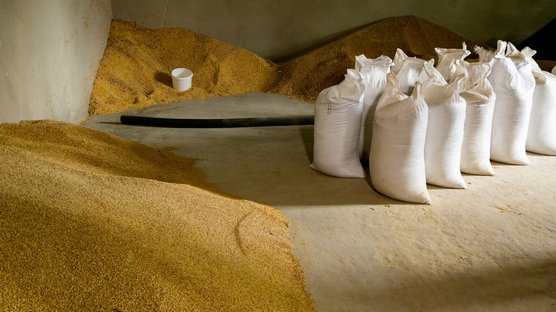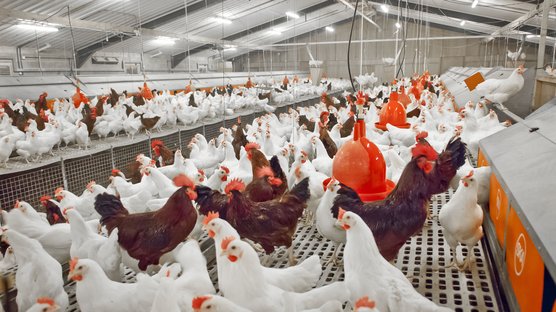
Published on Sept. 20, 2019
Cold weather management
Cold weather requires careful management to keep the birds comfortable and productive.
The Shaver is an efficient bird with excellent livability in a number of climates and housing systems. However, cold weather brings a specific set of complications that require careful management to keep the birds comfortable and productive. Drafts, humidity fluctuations and the temptation to restrict ventilation in pursuit of keeping birds warm all create challenges.
Stephen Turner, Technical Director for Joice and Hill UK distributor, assesses the risks and outlines how heating and ventilation need to be balanced in the colder season.
Nesting
Nests have to be comfortable, to encourage birds to lay there. During winter, prevention of direct cold draughts around the nest is vital The purpose of heating and ventilation is to create a comfortable area close to the nest, more comfortable than the other part of the laying house.
Smothering
Although unpredictable, smothering is more frequently observed in houses with inadequate ventilation, uneven in-house temperature and draughts.
Egg Size
As proper water supply is one of the key factors to maintain your flock in a healthy and viable condition, make sure you to take care of this properly as water pipes may freeze when temperatures are low for a longer period of time.
Respiratory Problems
When cold air enters the house, it falls rapidly to the floor, displacing the warm air. This cold air is not able to absorb humidity as well as warmer air. Increased humidity can lead to litter becoming caked. When litter gets caked, higher amounts of ammonia and carbon dioxide are developed. This may cause inflammation of the respiratory tract and further respiratory problems.
Winter Heating and Ventilation Recommendations
To avoid problems associated with humidity, heating and ventilation need to be carefully balanced. Laying house temperatures should be kept between 18-22°C. At lower temperatures hens will increase feed intake as they use energy to maintain body heat. To avoid temperature stress in winter, it is advisable to preheat the production houses up to 18°C before transferring point of lay pullets and to respect minimum ventilation requirements to avoid damage caused by high CO2 and NH3 levels. It is however preferable to go down in temperature than to go up in CO2/ NH3 levels.
An important priority is the provision of fresh air. If the air inside the poultry house is stuffy, humid, smelly or laden with dust, then the rate of air change is too low. Besides supplying the poultry house with fresh air, these points must be taken into consideration:
- Removal of excess moisture helps to maintain a good litter quality and healthy birds.
- Removal of dust from the atmosphere helps to prevent disease. There is a strong association between dust particles and disease, as disease organisms tend to associate with particles of dust.
Systems
A free range house may be ventilated mechanically, naturally, or by a combination of both systems. Fundamental to any system is the need for finely adjustable air inlets, usually at eaves level on both sides of the house, and outlets in the apex of the roof – the ridge. However, some houses may be cross ventilated, with inlets one side of the building and the extractor fans on the other side.
Air circulation
When rate of air change is low, it is important that air is circulated for the following reasons:
- Fresh air should be distributed to all parts of the house.
- If the warm air, from higher levels in the building is mixed with lower levels air, birds will enjoy a more balanced temperature.
- Mixing air allows greater removal of moisture from the litter, keeping it dry.
- Avoid direct draughts on the birds.
Though well equipped to survive winters, layers can prove almost as sensitive to our instincts to help them keep warm as they can to a brief cold spell. As usual the advice is to be observant, understand what the behaviour is telling you and try to maintain the conditions the birds are accustomed to.



